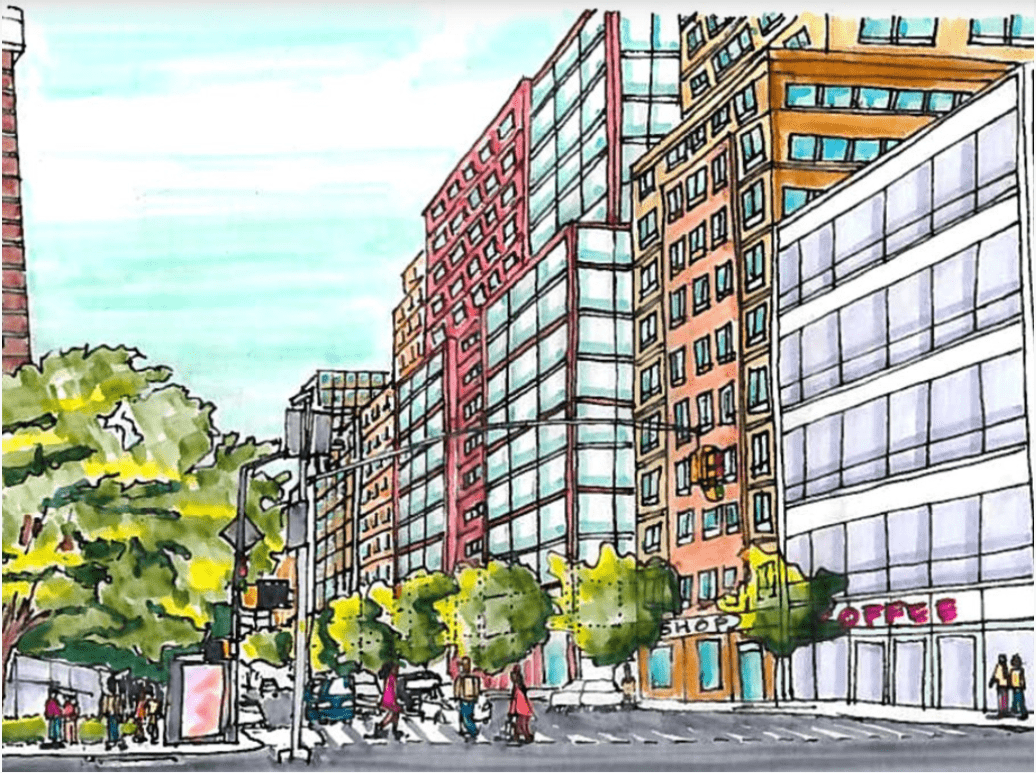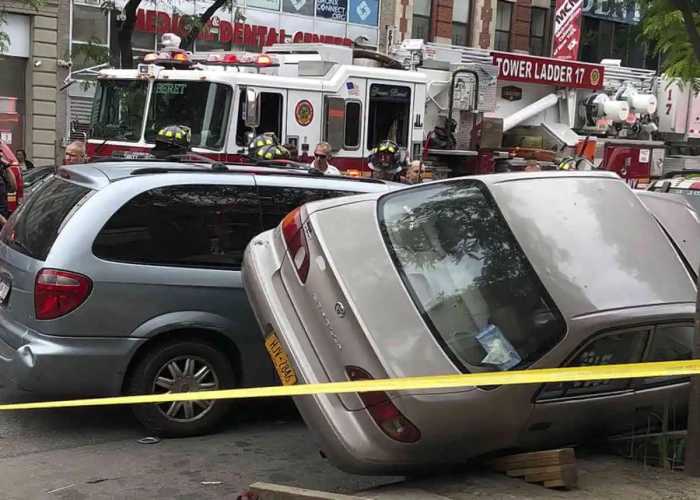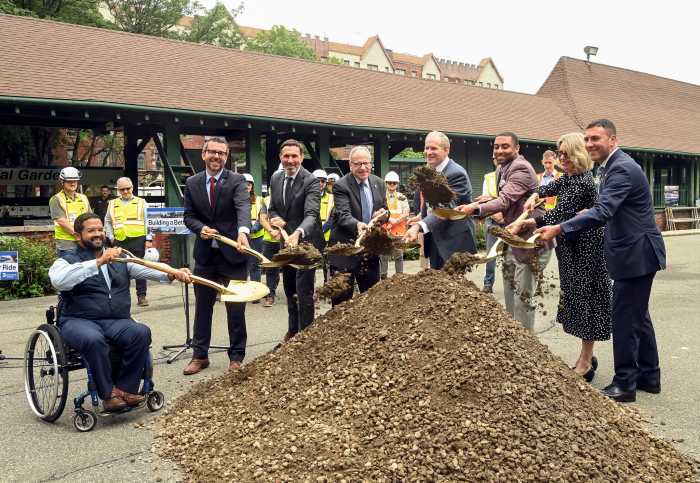The City Council is set to approve an ambitious rezoning proposal to develop thousands of new housing units around new Metro-North stations being built in the Bronx.
The Council’s Zoning Subcommittee and Land Use Committee on Tuesday each voted to advance the modified proposal, which would allow the development of thousands of new housing units around new train stations in the eastern Bronx serving Metro-North’s New Haven Line. The proposal now goes to the full Council for a vote, where it will likely sail through with support from the local Council Members.
“Overall, this proposal with modifications we are recommending is a step in the right direction,” said Bronx Council Member Kevin Riley, the zoning chair who represents part of the rezoned area. “It will provide new housing for all, the size of new developments will be appropriate, and needed investments in our communities will be made.”
The MTA plans to build new commuter rail stations at Hunts Point, Parkchester/Van Nest, Morris Park, and Co-Op City. It’s part of a larger, years-in-the-making plan called “Penn Access” to bring Metro-North trains from Connecticut to Penn Station, using railroad tracks currently used for Amtrak’s Northeast Corridor service.
The railroad plan adds new transportation options to what local officials deem a “transit desert.” While Metro-North is more expensive than riding the subway or bus, Bronx straphangers bound for elsewhere in the city can take commuter rail trains at a steep discount using a CityTicket, which costs $5 off-peak and $7 at peak hours.
The plan is the first major neighborhood rezoning shepherded by Mayor Eric Adams’ administration. The administration says it will create some 7,000 housing units in the Bronx around the Parkchester and Morris Park stations, the focal point of the rezoning. A quarter of the homes are set to be affordable for households making less than 60% of the area median income, which is about $76,000. The move comes as Adams seeks to update the city’s zoning code and boost housing supply through his City of Yes program.
The administration’s plan encountered significant opposition from local community boards which opposed higher density allowances and City Hall’s lack of parking mandates for new residential developments.
That opposition was echoed by Council Member Kristy Marmorato, an eastern Bronx Republican who ousted Democratic incumbent Marjorie Velazquez last year on a platform highly skeptical of new development.
The Daily News reported Tuesday that Marmorato ultimately gave her support — critical to the project’s future owing to the Council’s tradition of “member deference” on local rezonings — after securing a number of concessions from the administration aimed at maintaining the “suburban” character of her district.
Key among these was mandating that new residential developments include a minimum number of parking spaces, something the Adams administration is attempting to phase out citywide but which local reps say would cause mobility challenges in “transit desert” nabes.
“We live in a transit desert where cars are a necessity for daily activities,” said Marmorato, whose district includes eight subway stations on three different lines, at the Zoning Subcommittee on Tuesday. “The Bronx Metro-North rail is not here yet, and even after it arrives, people will still need their cars. We must be proactive in ensuring parking is part of any zoning changes.”
Marmorato also celebrated that the rezoning will still cap building heights “to maintain our community’s character” and avoid new developments casting shadows and disrupting “ambiance.”
Two areas in eastern Morris Park that were set to be rezoned were removed from the project, aimed at maintaining the area’s “suburban” character, while another on Bronxdale Avenue saw its maximum allowable height reduced to create more “progression in density” with buildings closer to Parkchester, said Riley. Meanwhile, development on East Tremont Avenue may be built slightly taller to accommodate more parking and retail space, while preserving residential density.
“The original proposal that was presented to us in January threatened to alter our community in an unacceptable and irreversible way,” said Marmorato. “I understand the desire to build housing. However, one size does not fit all, and it’s my job to represent and fight for what our district wants and needs.”
The administration will also commit nearly $500 million in capital investments to the districts around the rezoning. That includes almost $100 million for neighborhood parks and $11.5 million for local schools, plus money for upgrades to sewers and to the NYPD’s 49th precinct.
The $3.4 billion Penn Access is slated for completion by the end of 2027. An MTA spokesperson confirmed that the megaproject’s timeline and funding are not impacted by the pause on congestion pricing.
This story first appeared on our sister publication amny.com.





















